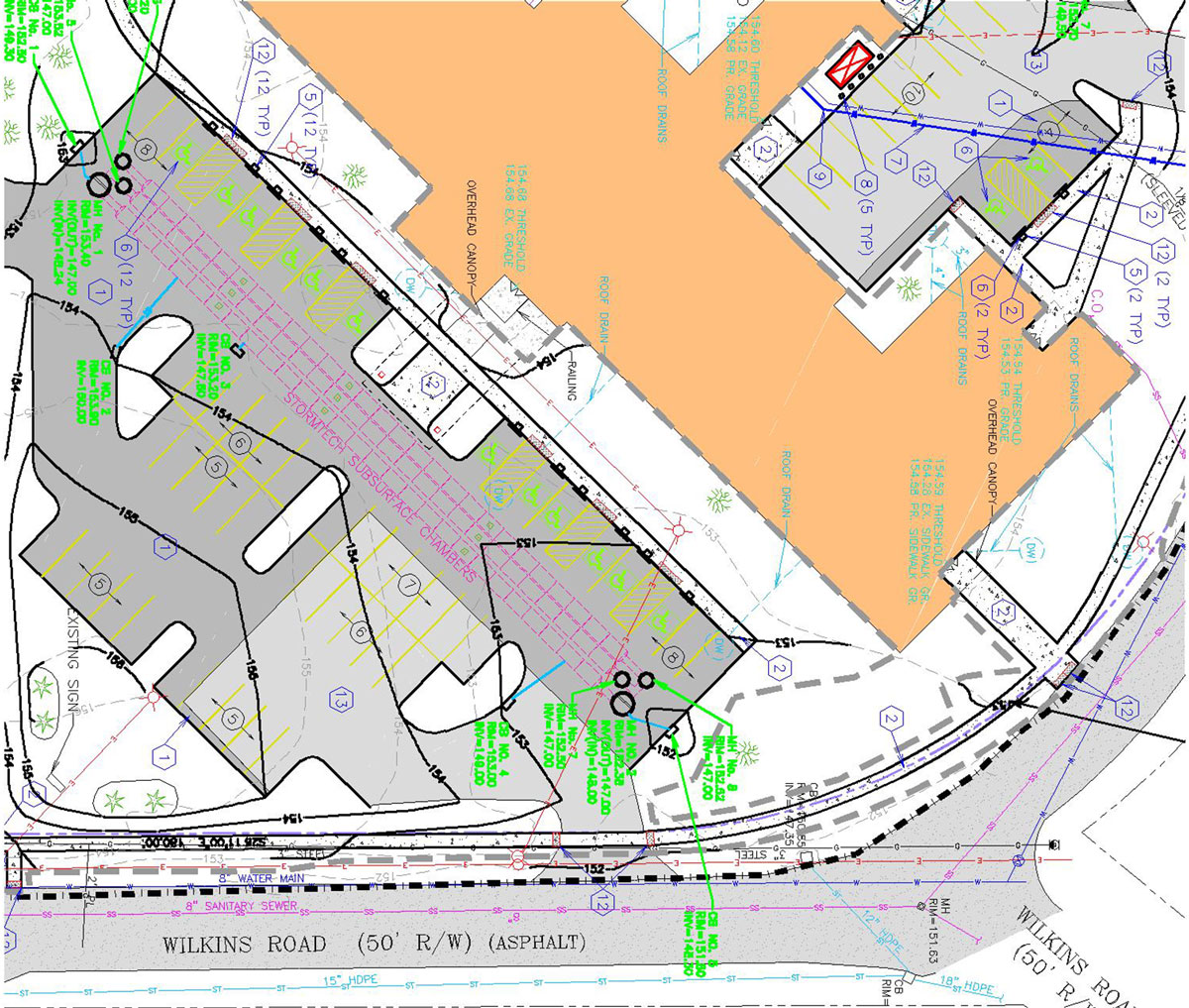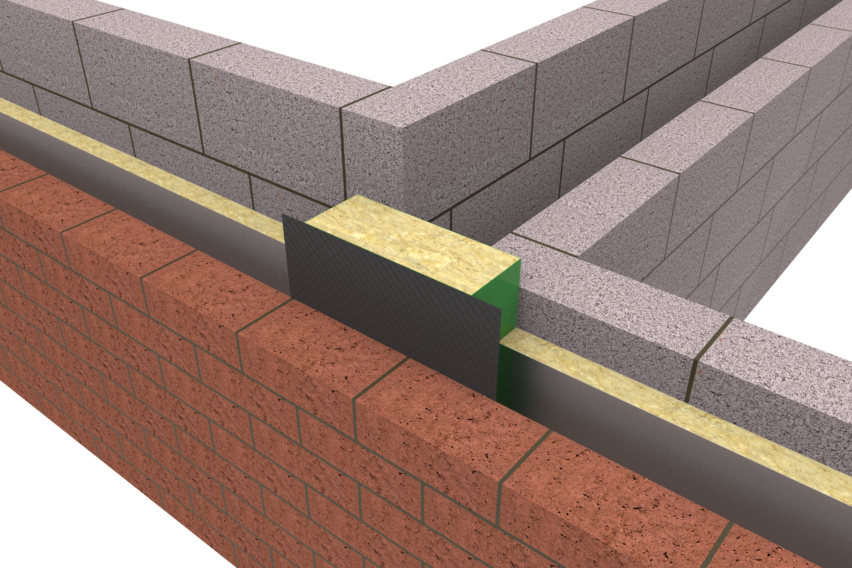
August 16, 2024
Just How To Enhance Concrete Keeping Wall Surface Water Drainage
Reliable Keeping Wall Surface Water Drainage Tips For Resilient Wall Surface Without sufficient drainage, water stress can build up behind the wall surface, leading to potential damages to your landscape design projects in your outside space. This thorough guide discovers the best methods for retaining wall surface drainage options, ensuring your framework stands the examination of time. The key to an effective and lasting keeping wall surface is its efficient drain layout. Because inadequately draining pipes dirts seriously endanger the structural stability of a lot of retaining walls, effective drainage options are vital. Smart water drainage systems use sensing units and automated controls to handle water flow.Stopping Dirt Disintegration
- Keeping walls frequently run into water build-up because of rainfall, watering, or all-natural groundwater.
- Sustainable practices, such as integrating vegetative swales and permeable products, not only add to reliable water drainage but additionally advertise environmentally friendly landscaping.
- Absorptive dirt enables water to percolate via, while impermeable dirt can cause waterlogging and overflow.
- They can analyze the site problems and recommend the most effective water drainage solution to guarantee its long-lasting security and functionality.
- Reliable remediation of support systems needs a thorough deconstruction and analysis of the existing system's stability and security.
- Maintaining walls are structures created to keep back dirt and stop disintegration.
Diverse Sorts Of Concrete Retaining Wall Surfaces
Chennai's Wall Tax Road to be renovated after 2-year delay - The Times of India
Chennai's Wall Tax Road to be renovated after 2-year delay.


Posted: Mon, 24 Jun 2024 07:00:00 GMT [source]
Why Your Keeping Wall Surface Requires A Water Drainage System
Attending to these factors is essential for identifying specific measures to guarantee proper drain and prevent future problems jeopardizing the wall's structural honesty. Gathering the right materials is crucial for the successful installation of a timber preserving wall drain system. This consists of top notch drain pipes, gravel, filter fabric, and other crucial elements. Utilizing long lasting and trustworthy materials ensures the system's effectiveness and longevity, lowering the demand for frequent repair work or substitutes. Water drainage plays an important role in preserving the architectural integrity of a timber keeping wall surface. By carrying water far from the wall surface, you lower the hydrostatic pressure applied on it. Therefore, it is critical to guarantee that the fill material permits ample water drainage while preserving wall surface flexibility to adjust to ground activities. In summary, the function of drain in retaining walls surpasses mere performance; it plays a vital role in making sure both aesthetic and useful success. Whether dealing with water pressure, soil disintegration, or design considerations, a well-designed water drainage system is an essential part of any kind of retaining wall surface project. Proper drain is vital for the long life and performance of maintaining wall surfaces. In this article, we will check out some solutions for retaining wall surfaces and water drainage in Kelowna's damp and sloped environments. Preserving the best drain for concrete retaining walls is important for their longevity and structural strength. Not only does it endanger the architectural honesty of the wall, but it can also lead to expensive repair services and potential safety and security hazards. When water is not properly drained from behind a keeping wall surface, it can apply stress on the framework, triggering it to tilt, fracture, and even collapse. Hearing from home owners who have actually installed wood preserving wall surfaces with proper water drainage can supply useful guidance and encouragement. Their experiences and feedback highlight the advantages of purchasing a quality drainage system and provide understandings Website link into the installment and upkeep process. The style needs to make sure that water is successfully accumulated and funnelled far from the wall. Consulting with professionals can help develop a durable drain plan that resolves the site's one-of-a-kind challenges and needs. Compressed sand or crushed rock is generally made use of to develop an absorptive layer that advertises water flow. Adequate drainage products improve the total security and durability of the keeping wall surface. Efficient drainage layout surpasses performance; it additionally adds to the aesthetic appeal of the maintaining wall surface. Incorporating water drainage pipes within the building and construction procedure allows for very discreet yet effective water drainage remedies. Pooling water behind a retaining wall can create disintegration that will at some point cause decay in the framework. Understanding these errors and how to prevent them ensures an effective and lasting maintaining wall. Gradually, elements of the water drainage system might call for fixing or replacement. This includes fixing damaged pipelines, replacing worn-out filter material, or strengthening weep holes. Drainage pipes, either perforated or solid, are used to handle water circulation behind maintaining walls. Perforated pipelines enable water to go into and be directed away, while solid pipelines transportation water without allowing soil to go into. Reliable preserving wall surface drainage systems ease this stress by enabling water to run away, preserving the wall's stability and protecting against pricey repairs. Proper maintaining wall surface drain is crucial for preserving the stability and longevity of your maintaining wall surface. Without sufficient water drainage, water can build up behind the wall, raising pressure and possibly causing architectural failing.Do I need a French drainpipe behind a keeping wall?
If you''re constructing a keeping wall, add a French drain behind the first course of stones or blocks. Otherwise, water relocating down the hill will develop behind the wall surface and weaken it. The pipeline should rest on the very same compacted gravel base or concrete ground that sustains the wall surface.
Social Links